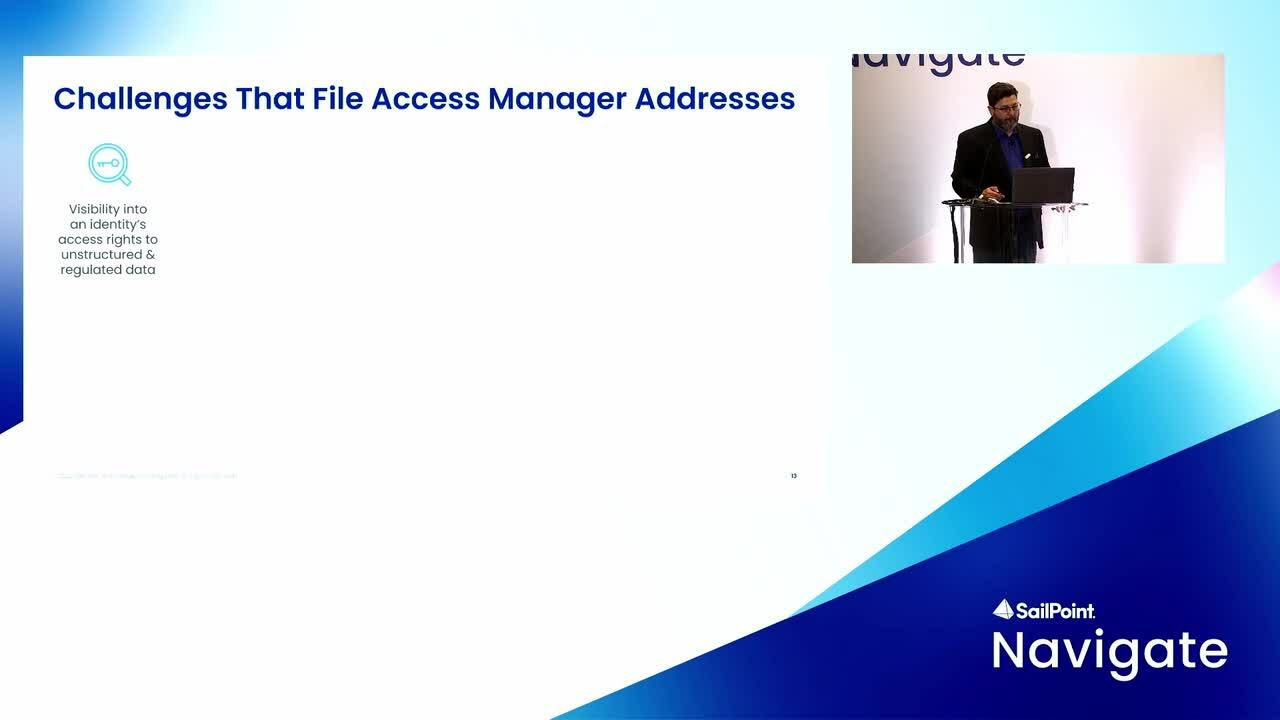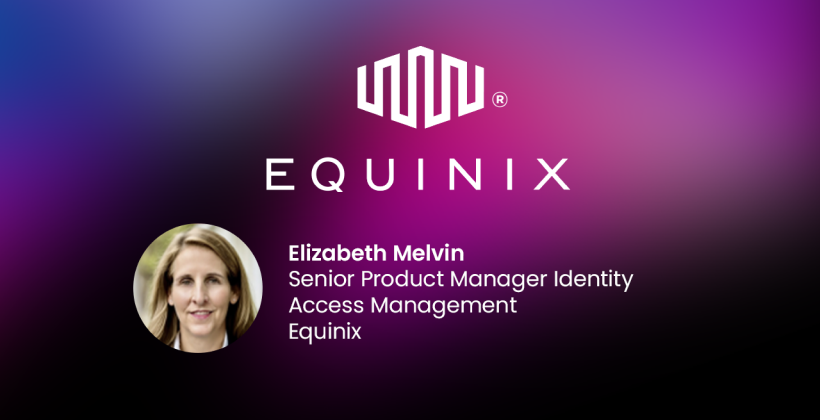Speaker: Dan Martilloti, Sr. Dir, Product Management, SailPoint
What is Data Access Governance and why should you care? Attend this session and get insights on how SailPoint can help enterprises close the critical gap between identity governance and data security, especially when it comes to managing terabytes of unstructured and exposed data. In this session, we’ll also explore the hidden problems of unstructured data, talk about real-world scenarios, and offer insights into practical use cases and customer successes.



